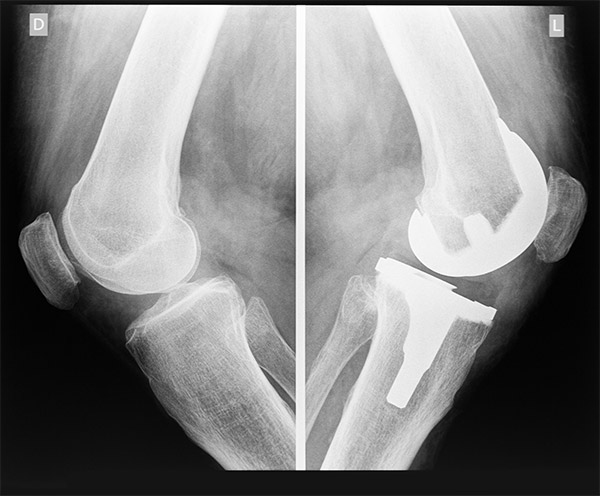Design Better Implants: Is Bone Material Stronger than Steel?
I could argue that Nature is the world’s oldest and best engineer. Over the millennia, it has iterated our designs and perfected our components to become lighter, stronger and highly optimized.
As a result, human engineers are starting to learn from Nature’s examples through the science of biomimicry.
However, some might think it unlikely that our bones outpace the materials we use to design everyday products. You might ask:
Is bone stronger than steel?
Are bones stronger than concrete?
Well, it depends.
Bone typically has an elastic modulus that is like concrete but it’s 10 times stronger in compression.
As for the stainless-steel comparison, bone has a similar compressive strength but is three times lighter.
The challenge is that bones are not constant because they are part of a living being. They can adapt to a person’s lifestyle, becoming stronger or weaker due to environment, age and health. In fact, NASA has recorded that its astronauts have suffered from weakened bones due to extended stays within microgravity.
So, what happens when a bone becomes so compromised that human engineers need to step in? It turns out that Nature’s genius is even more apparent when we try to replace its work.
 Why is Bone Material so Strong?
Why is Bone Material so Strong?
Though implants are a necessity for many people, their performance over time cannot compare with the longevity of the average bone. For example, it could take 60 to 80 years for a knee joint to wear out. However, a knee replacement is lucky to last a quarter of that time.
Engineers need to design their implants to handle a large load. During everyday activities, like walking or jumping, a typical skeletal framework could experience loads that are four to 20 times a person’s body weight. These loads can be in the form of:
- Compression
- Torsion
- Shear
- Tension
 Engineers Continue the Search for Bone Material Substitutes
Engineers Continue the Search for Bone Material Substitutes
Since engineers are unable to replicate everything a bone can do, their medical device designs are optimized to specific use cases.
For instance, when a patient needs a bone graft, engineers focus on matching the chemistry and microstructure of the remaining bone. A good option here is calcium phosphate because it stimulates bone growth, promotes healing and helps the integration of the grafted materials.
Joint replacements have their own challenges. In this case, engineers will need to find a material that matches the performance of the surrounding bone. These material properties will vary based on the patient’s age, gender, weight, lifestyle and more. The engineers will also need to ensure the material has the right corrosion resistance and biocompatibility properties.
How does bone survive these forces? It’s because of its composite microstructure. Bone is made up of collagen fibres that are stiffened by a dense filling and surrounding minerals. It also contains:
- Blood vessels
- Living cells
- Protein
- Water
Similarly, composites have become an important part of material design and selection. However, the fact that bone can adapt and change to its environment is a hard characteristic for engineers to mimic. As a result, they are using both material selection and design to iterate their implants until they meet expectations.




